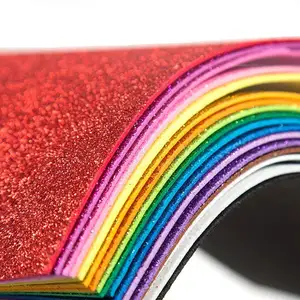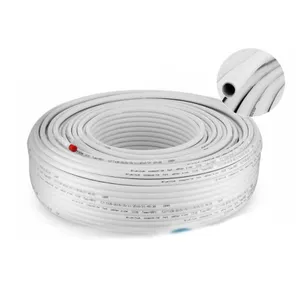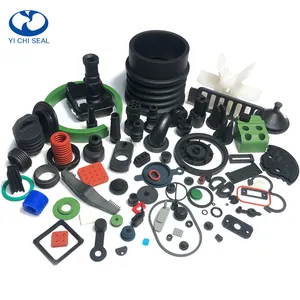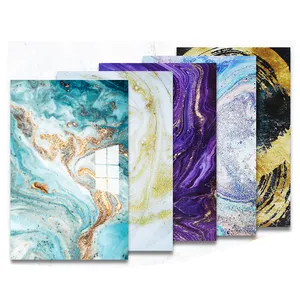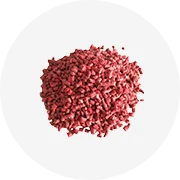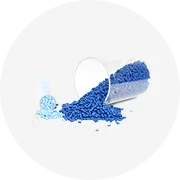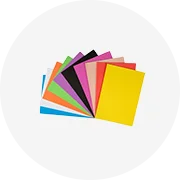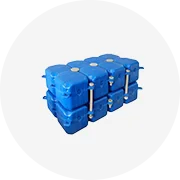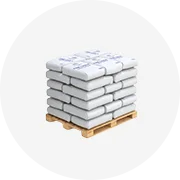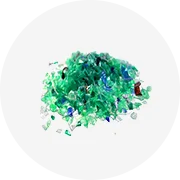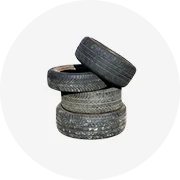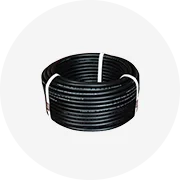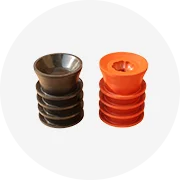Popular in your industry









































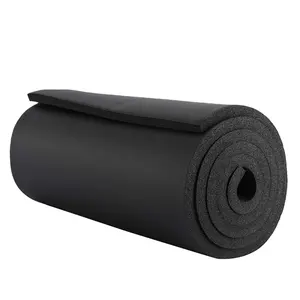






















Top categories
About closed cell rubber foam rolls
Closed Cell Rubber Foam Rolls: An Overview
Closed cell rubber foam rolls are versatile materials used in various industries due to their unique properties. These rolls are characterized by their individual closed cells, which trap air and provide excellent insulation, buoyancy, and resistance to moisture. This introduction delves into the essential aspects of closed cell rubber foam, outlining its applications and benefits.
Types and Materials
There are several types of closed cell rubber foam, each with distinct materials and properties. Neoprene, EPDM, and silicone rubber are common materials that can be processed into foam rolls. Neoprene foam offers durability and resistance to oils and chemicals, making it suitable for industrial applications. EPDM foam is known for its weather and ozone resistance, ideal for outdoor uses. Silicone rubber foam stands out for its high-temperature resistance and is often used in applications involving extreme temperatures.
Applications and Uses
The applications of closed cell rubber foam sheets are diverse, ranging from industrial manufacturing to construction. In the industrial sector, these foam rolls are often fabricated into gaskets and seals due to their excellent compression and sealing properties. Construction uses include window backing and thermal insulation sealing, where the foam's insulative qualities are paramount. Additionally, the material is used for cushioning in footwear, padding for furniture, and even in creating fire-resistant door seals.
Features and Advantages
Closed cell foam insulation rolls offer a host of features that make them advantageous for various applications. Their closed cell structure provides a barrier against moisture, air, and gases, enhancing their insulative capacity. This structure also contributes to the material's excellent strength-to-weight ratio, making it a lightweight yet durable option for many uses. Furthermore, the inherent flexibility of rubber allows these foam rolls to be used in scenarios that require the material to conform to irregular shapes or surfaces.
Environmental Resistance
The resilience of closed cell rubber foam to environmental factors is a significant benefit. It withstands exposure to UV rays, ozone, and extreme weather conditions, ensuring longevity and consistent performance. This resistance makes it an ideal choice for both indoor and outdoor applications, from marine flotation devices to HVAC insulation.
Customization and Machinability
Customization is a key aspect of closed cell rubber foam rolls, as they can be easily cut and shaped to meet specific requirements. The material's machinability allows for precise sizing and fitting, essential for creating custom seals and gaskets. Despite its resilience, the foam can be manipulated using standard machining centers, facilitating seamless integration into production lines or construction projects.
